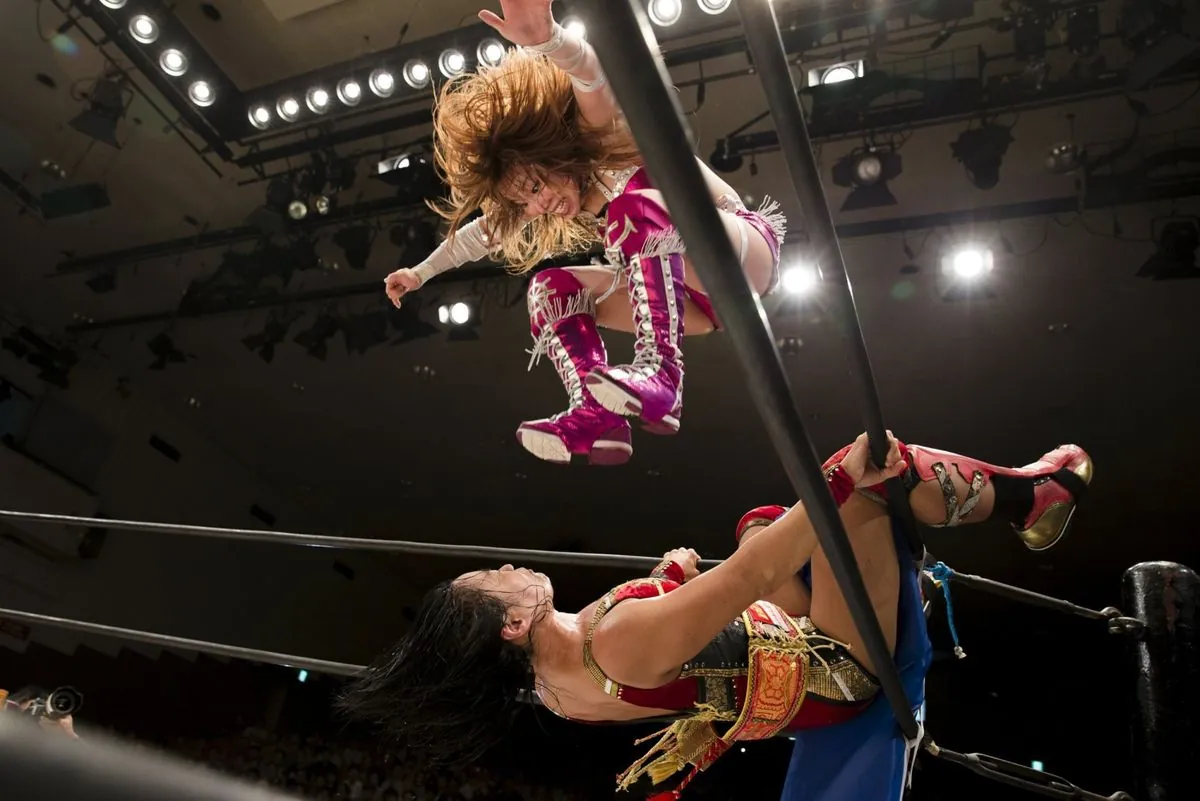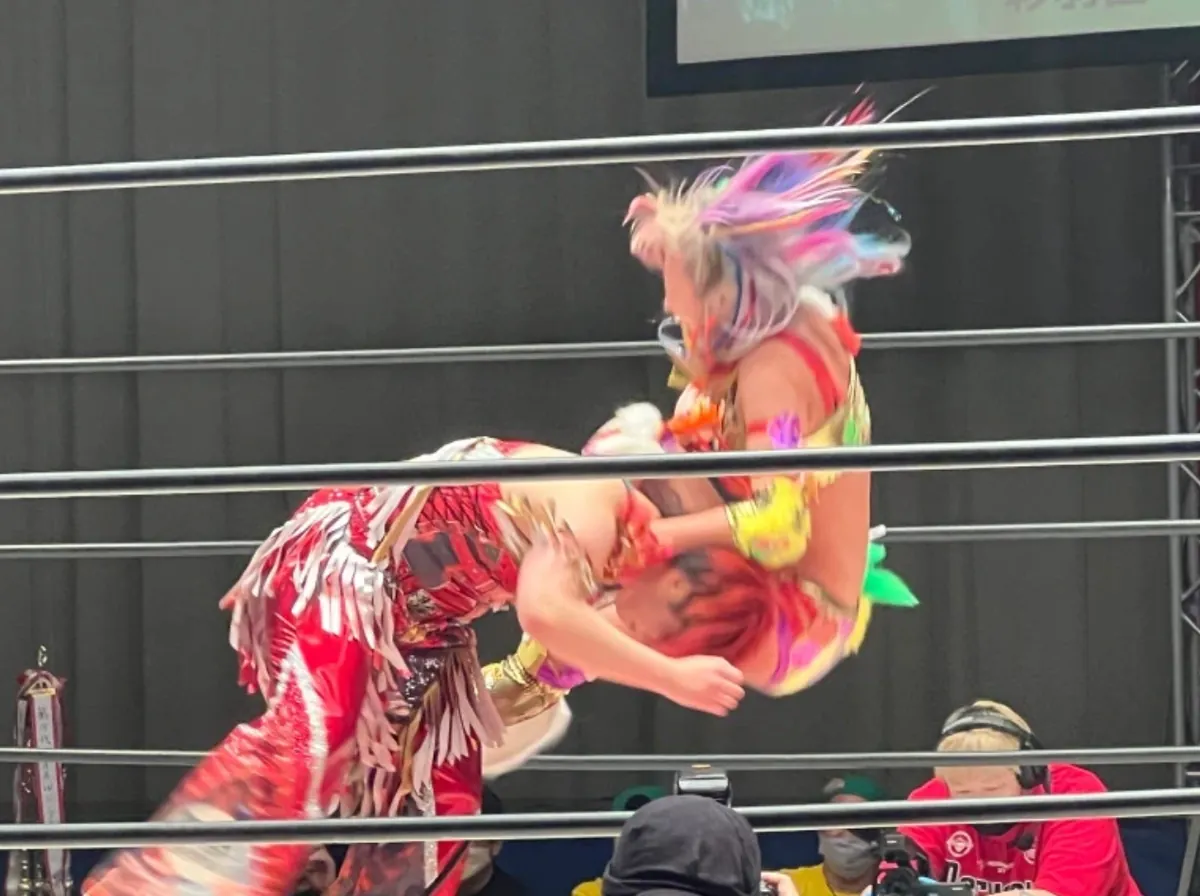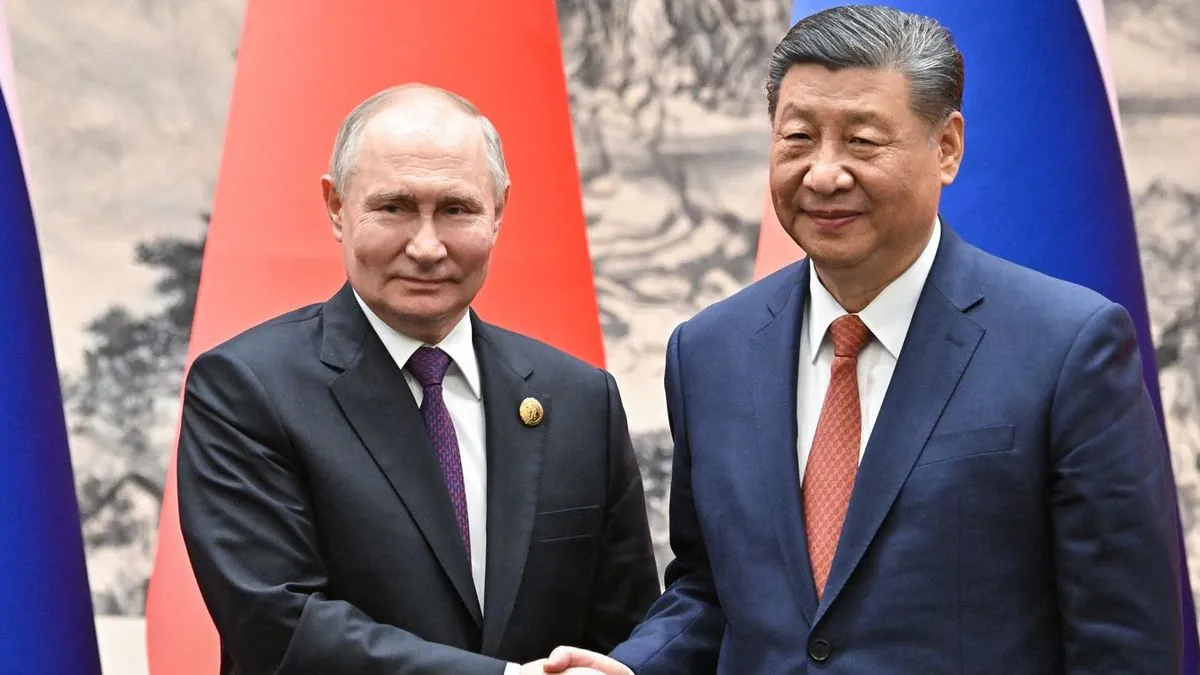Netflix's "Queen of Villains" Unveils Japanese Wrestling Legend's Journey
Netflix series "The Queen of Villains" explores the life of Japanese wrestling icon Dump Matsumoto. The show delves into themes of empowerment and friendship in the world of professional wrestling.

Netflix's latest series, "The Queen of Villains," offers viewers a unique glimpse into the world of Japanese professional wrestling, focusing on the life of Dump Matsumoto, a legendary figure from the 1980s. The show, which premiered in September 2024, explores themes of empowerment and self-discovery against the backdrop of the body-slamming, arm-twisting world of puroresu.
Professional wrestling in Japan, known as puroresu, has a rich history dating back to 1953. The series captures the essence of this sport, which combines athleticism with theatrical performance, during the postwar Showa era (1926-1989). This period saw rapid economic growth and significant social changes in Japan, providing a compelling setting for Matsumoto's story.
Dump Matsumoto's character in the ring was that of a formidable "heel" - a villainous persona in wrestling terminology. Her appearance was striking, featuring Kabuki-like facial makeup, chains, and a menacing scowl. This elaborate costume and persona are common in professional wrestling worldwide, where the concept of "kayfabe" - the portrayal of staged events as real - is paramount.
The series delves into Matsumoto's challenging upbringing and her transformation into a symbol of fearless and defiant womanhood. It also explores her friendship with Chigusa Nagayo of the Crush Gals, one of the most popular women's tag teams in Japanese wrestling history. Their rivalry became legendary, captivating audiences both in Japan and the United States.

To authentically portray the physical demands of wrestling, the actresses underwent an intensive two-year training regimen. They learned various techniques, including the giant swing and the flying knee kick, both common moves in combat sports. The filming process was equally demanding, with one key fight scene taking a month to perfect.
Yuriyan Retriever, who portrays Matsumoto, shared her emotional journey in embodying the character:
"It's frightening to be hated, and I don't think anyone wants to be hated. When I finished a cut, I was crying. And my body was shaking. I can't express it in words, but I understood all the pressures Dump must have felt."
The series not only presents a women-beating-the-odds story but also addresses issues of sexism and abusive management in the industry. This reflects the broader women's empowerment movements that gained momentum in Japan during the late 20th century.
Director Kazuya Shiraishi describes the series as "an eternal but emotional story portraying ordinary girls who passionately pursued a dream, found friendship and also themselves." This sentiment resonates with the Japanese concept of "gaman" (endurance), an important aspect of the culture.
While some viewers, like Australian filmmaker and former wrestler Rionne McAvoy, feel that the real-life wrestling was more intense than the dramatized version, the series has generally been well-received for its authenticity and emotional depth.
"The Queen of Villains" stands as a testament to the enduring appeal of professional wrestling in Japan and its impact on popular culture. As Netflix continues to expand its presence in the Japanese market since its entry in 2015, this series offers a unique blend of sports drama and cultural insight, appealing to both wrestling fans and general audiences alike.


































